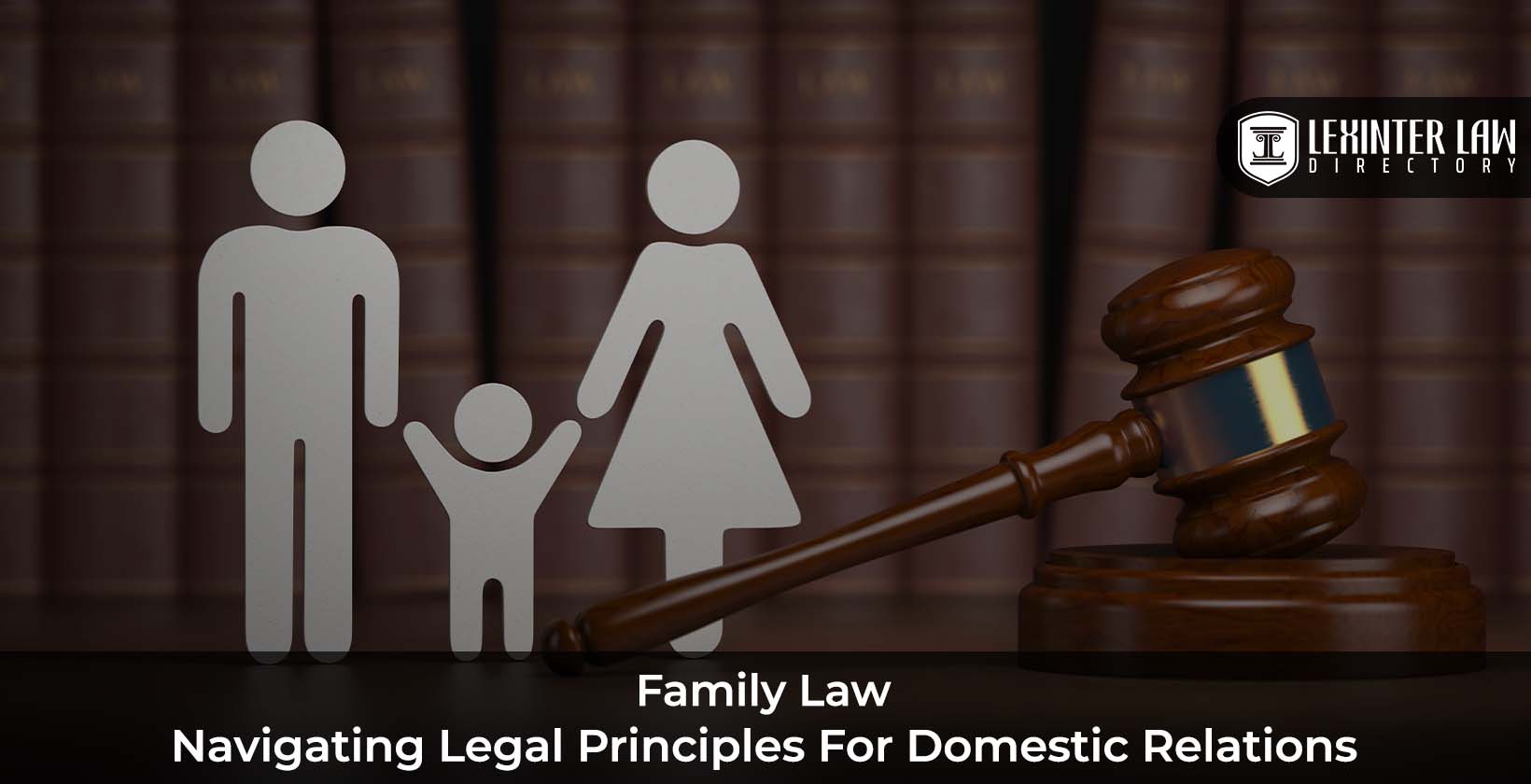Oh No! I Was in a Car Accident, and the Other Driver Was Uninsured!
Now what do I do? This is the question that many people ask after they have been involved in a car accident with an uninsured driver. It can be a scary and confusing time, but it’s important to know what steps to take to protect yourself. Here is what you should do:
Filing a Claim
If the other driver was uninsured, you should file a claim with your own insurance company. Your insurance company will then investigate the accident and determine if you are entitled to compensation. If you are found to be at fault for the accident, you may not be able to recover any damages. However, if you are found to be not at fault, you may be able to recover damages for your injuries, lost wages, and property damage. This is why it’s important to provide as much detail as possible to your insurance company. The more information you provide, the better your chances of getting a fair settlement.
In addition to filing a claim with your own insurance company, you may also want to consider filing a lawsuit against the other driver. This is a more complex process, but it may be necessary if you have suffered serious injuries or if the other driver is disputing fault. Here are a few tips in case you decide to file a claim:
- Gather evidence. This includes taking photos of the damage to your car, getting a copy of the police report, and obtaining witness statements.
- Be prepared to negotiate. Your insurance company may offer you a settlement that is less than what you are entitled to. Be prepared to negotiate with them to get a fair settlement.
- Don’t give up. If you are not happy with the settlement offered by your insurance company, you can file a lawsuit against the other driver.
Dealing with a car accident is never easy, but it’s important to know your rights. If you have been involved in an accident with an uninsured driver, don’t panic. Follow these steps to protect yourself and get the compensation you deserve.
No-Insurance Not-at-Fault Car Accident: What Are Your Options?
If you’ve been involved in a car accident that wasn’t your fault and the other driver doesn’t have insurance, you may be wondering what your options are. You’re not alone – many people find themselves in this situation every year. Understanding what to do next can help you navigate the process and protect your rights.
The first step after any car accident is to seek medical attention if you or any passengers were injured. Once you’re safe, it’s time to gather as much information as possible about the accident to protect your rights.
Obtaining a Police Report
Documenting the accident with a police report is crucial. It provides an official record of what happened and assigns fault to the responsible party. Without a police report, it can be harder to prove who was at fault and recover compensation for your damages. After the accident, call the police and request a report. Be sure to provide a clear and accurate account of what happened, including the time, location, and any witnesses or other relevant details.
The police report will serve as evidence in any potential legal proceedings. It can also help you file an insurance claim or pursue other legal options if necessary. Make sure to obtain a copy of the report for your records.
If the police don’t respond to the scene, you can still file a report yourself. Contact your local law enforcement agency and ask for instructions on how to do so. You may need to provide a written statement and any supporting documentation you have, such as photos or witness statements.
In addition to obtaining a police report, it’s essential to gather other evidence, such as photos of the accident scene, damage to your vehicle, and any injuries you sustained. These can serve as valuable proof in any legal proceedings or insurance claims.
No Insurance, Not at Fault Car Accident: What to Do
Being involved in a car accident is never a pleasant experience, but it can be even more stressful if you’re not at fault and the other driver doesn’t have insurance. In this situation, it’s crucial to take the necessary steps to protect your rights and ensure you’re fairly compensated for your damages.
Gathering Evidence
After an accident, the first thing you should do is gather as much evidence as possible. This will help you prove your case to the other driver’s insurance company (if they have one) or to the court. Some important evidence to collect includes:
- Photos of the accident scene, damage to vehicles, and any injuries sustained
- Witness statements
- Medical records
- Other documentation, such as repair estimates or lost wages
li>Police report
Tip: Take photos from multiple angles and be sure to capture the damage to both vehicles. Also, get the names and contact information of any witnesses who saw the accident.
If you’re able, you should also write down your own account of the accident, including the following details:
- What happened
- When and where it happened
- Who was involved
- Any injuries or damage that occurred
Caution: Be honest and accurate in your account. Any inconsistencies could hurt your case.
No Insurance, Not at Fault: What Are Your Options?
If you’re involved in a car accident and the other driver doesn’t have insurance, you may be wondering what your options are. It can be a frustrating and confusing situation, but there are steps you can take to protect your rights and get the compensation you deserve.
The first step is to determine who is liable for the accident. This will depend on the specific circumstances of the crash, but in general, the at-fault driver is the one who caused the accident. If you were not at fault for the accident, you may be able to file a claim with your own insurance company. However, if you don’t have insurance, you will need to file a claim with the other driver’s insurance company.
Determining Liability
Determining liability in a car accident can be a complex process. In general, the driver who caused the accident is the one who is liable. However, there are some exceptions to this rule. For example, if you were driving under the influence of alcohol or drugs, you may be held liable for the accident even if the other driver was at fault. Similarly, if you were speeding or driving recklessly, you may be found to be partially at fault for the accident.
The best way to determine liability is to contact your insurance company. They will investigate the accident and determine who is at fault based on witness statements, police reports, and other evidence.
Filing a Claim
If you were not at fault for the accident, you can file a claim with the other driver’s insurance company. However, if the other driver does not have insurance, you may need to file a claim with your own insurance company. In some cases, you may also be able to file a lawsuit against the at-fault driver.
Filing a claim can be a lengthy and complex process. It’s important to document the accident as thoroughly as possible, including taking photos of the damage to your vehicle and getting witness statements. You should also keep a record of all your medical expenses and lost wages.
Getting Compensation
If you are successful in filing a claim, you may be entitled to compensation for your damages. This can include compensation for medical expenses, lost wages, pain and suffering, and property damage. The amount of compensation you receive will depend on the severity of your injuries and the specific circumstances of the accident.
If you don’t have insurance, getting compensation can be difficult. However, there are some resources available to help you, such as the Uninsured Motorist Fund. The Uninsured Motorist Fund is a state-run program that provides compensation to victims of accidents caused by uninsured drivers.
No Insurance, Not at Fault: A Guide to Receiving Compensation
After a car accident, dealing with the aftermath can be overwhelming, especially if you’re the victim and the other driver doesn’t have insurance. However, you may still be entitled to compensation for your injuries and damages. Here’s a comprehensive guide to help you understand your rights and options.
**Determining Fault**
The first step is to determine fault for the accident. If the other driver is found liable, you may be entitled to compensation from their insurance company. However, if you’re found partially or fully at fault, your own insurance policy may cover your damages. It’s crucial to provide as much evidence as possible to support your claim, such as witness statements, photos, and medical records.
##Filing a Claim with the At-Fault Driver’s Insurance Company
Once liability has been established, you should file a claim with the at-fault driver’s insurance company. Be sure to provide detailed information about the accident, your injuries, and any financial losses you’ve incurred. The insurance company will investigate your claim and determine the amount of compensation you’re entitled to. Note that you may have to negotiate with the insurance company to reach a settlement.
##Filing a Claim with Your Own Insurance Company
If the other driver doesn’t have insurance, you may be able to file a claim with your own insurance company under uninsured motorist coverage. This coverage can provide compensation for medical expenses, property damage, and lost wages up to the limits of your policy. However, filing a claim under your own insurance policy may raise your premiums in the future.
##Pursuing Legal Action
If you’re unable to reach a settlement with the insurance company, you may consider pursuing legal action. This can be a lengthy and expensive process, but it may be necessary to recover the full compensation you deserve. An attorney can help you file a lawsuit, negotiate a settlement, and represent you in court.
##Documenting Your Expenses and Damages
After a car accident, it’s essential to keep meticulous records of all your medical expenses, property damage, and lost wages. This documentation will serve as evidence to support your claim for compensation. Keep receipts for medical bills, repair estimates, and pay stubs. You should also document any emotional distress or pain and suffering you’ve experienced as a result of the accident.
Who Pays for Damages in Car Accidents When You Don’t Have Insurance and You’re Not at Fault?
If you’re in a car accident and you don’t have insurance, you might be wondering who’s going to pay for your damages. The answer depends on who was at fault for the accident.
If you were not at fault for the accident, the other driver’s insurance company should pay for your damages. However, if the other driver does not have insurance, you may have to file a claim with your own insurance company. Depending on the terms of your policy, you may be able to recover some or all of your damages.
Subrogation
If you have insurance and you file a claim, your insurance company may pursue subrogation to recover the costs of your claim from the at-fault driver or their insurance company. This means that your insurance company will step into your shoes and pursue a claim against the at-fault party on your behalf.
If your insurance company is successful in recovering the costs of your claim, you will be reimbursed for the amount that you paid out-of-pocket. Your insurance company will also be entitled to any additional damages that are awarded, such as pain and suffering.
If you are not at fault for a car accident and you do not have insurance, you may still be able to recover your damages from the at-fault driver. However, you will need to file a claim directly with the at-fault driver’s insurance company.
Filing a claim without insurance can be a complex and challenging process. You may want to consider hiring an attorney to help you with your case.




Leave a Reply